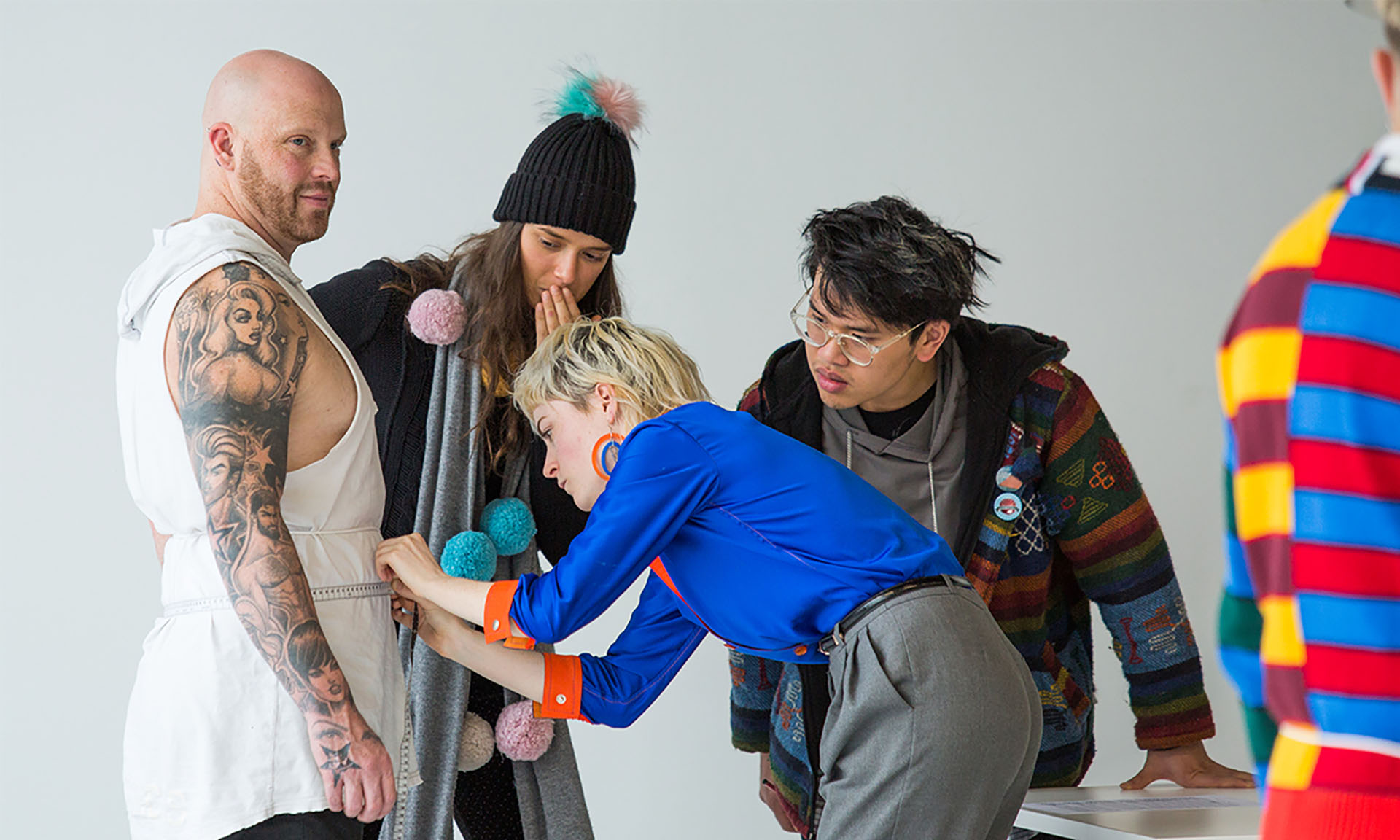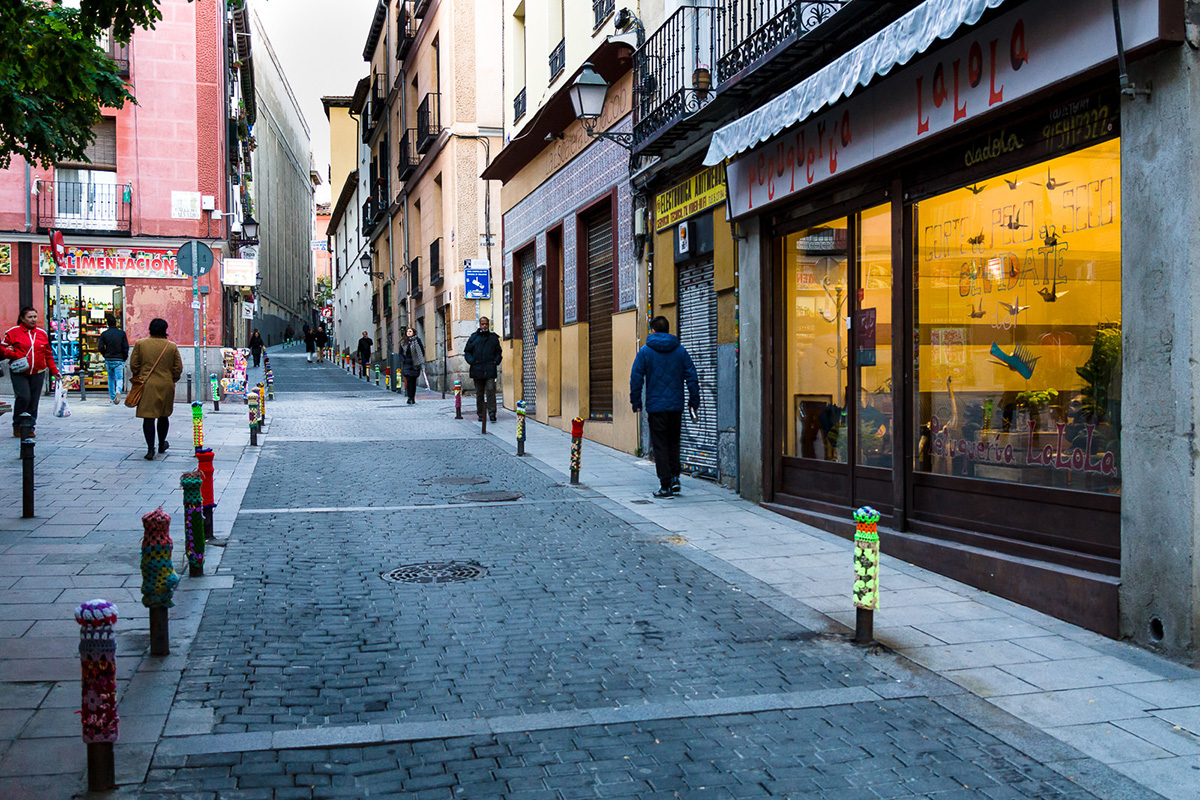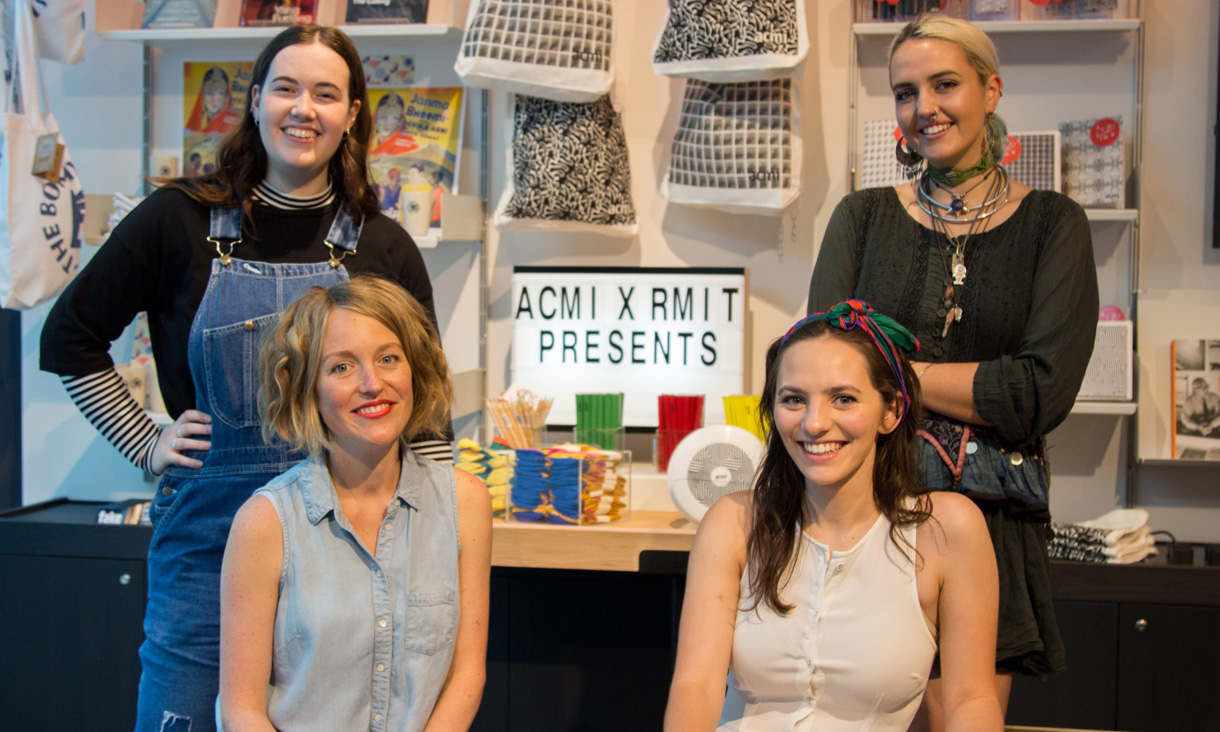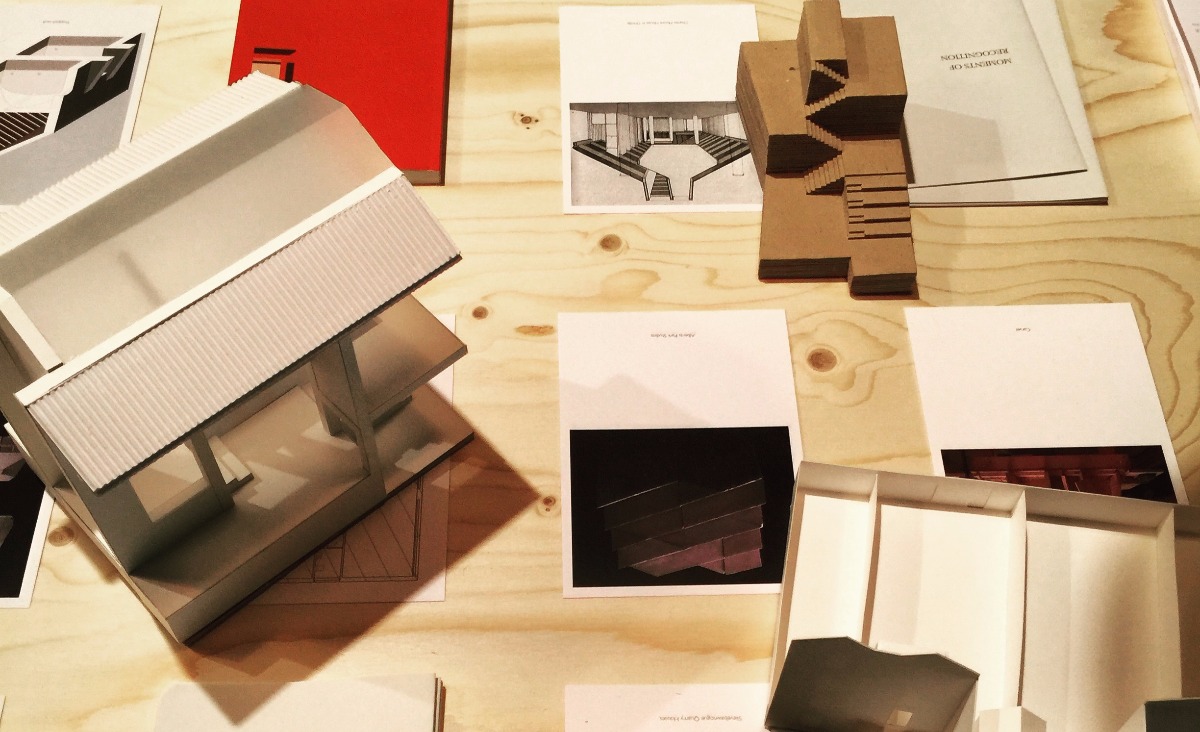16 students have been working together to design drag outfits for Broken Heel, an annual drag festival in the outback town of Broken Hill - the location made famous by the movie Priscilla: Queen of the Desert.
The activity is being run as part of a third-year Fashion Design Studio course through the Bachelor of Fashion (Design)(Hons) and forms the basis of the students' semester two assessment.
Lecturer Sang Thai said the University worked hard to make sure the studios they ran for students were engaging, challenging and pushed the boundaries of expanded notions of fashion.
“Designing for drag has been an amazing opportunity for us,” he said.
“Drag has an undeniable impact on society, and is quite a sophisticated art form. It’s complex, it’s rebellious, and it’s incredibly performative - all things which make it the perfect challenge for our students.”
The students recently met with the drag queens to learn about their craft, undertake measurements and explore their unique costume requirements.
Student Sarah Brereton said it was about illusion, but also about performance.
“The costumes not only have to explore gender and its role in fashion, and look fabulous, they also have to be well-made to survive the choreography of a drag show,” she said.
Using Australian native flora and fauna as inspiration and learning from top industry designers, the student-designed couture will be worn by six drag queens during one of the shows on the main stage at the Broken Heel Festival.
Two of the drag queens, Polly and Philmah, were stars of the RMIT New Academic Street safety video as well as the 2017 graduation ceremony.
Another student, Georgia Sandford, reflected on the learning involved when working with real-life clients.
“The studio challenges our skills and pushes us out of our comfort zone," she said.
"While we have been given a lot of freedom in our designs, there’s a clear brief: our design needs to transform a man's body into a woman’s figure through corsetry and padding, and include a ‘reveal’ that reflects our drag queen client’s persona.”
While the Festival seeks to elevate the visibility of Aboriginal and Torres Strait Islander culture and performers, the studio drew upon RMIT's research into designing with Indigenous culture, to help students learn in a respectful and appropriate way.
Deputy Pro Vice-Chancellor Indigenous Education and Engagement Professor Mark McMillan said for non-Indigenous designers, "there's often a fear of saying or doing the wrong thing, or culturally appropriating important totems or themes”.
“The land and culture is here for us to share - you just have to approach it with a learning mindset.”
Story: Rhys Cranney





